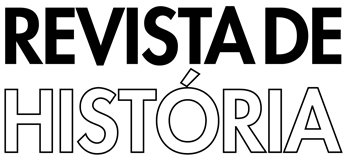Resumo em Português:
Resumo O objetivo do artigo é analisar conjuntamente dois debates jurídicos muito próximos no tempo, que trataram de circunstâncias em torno de pessoas escravizadas. Um deles, travado em Cuba em 1856, envolveu a coartación, que consistia na amortização gradual do montante correspondente à alforria. O outro, já bem conhecido em nossa historiografia, aconteceu no Brasil no ano seguinte, abordando aspectos da alforria condicional, que dizia respeito aos estado-livres (do latim statuliberi). Nos dois contextos, os juristas envolvidos entendiam diferentemente as prerrogativas dos indivíduos naquelas condições, alguns considerando-os mais próximos da escravidão, outros, mais próximos da liberdade. Após mapear as origens de princípios e normas fundamentais, destacando semelhanças estruturais e especificidades existentes entre as ordens normativas em vigor no escravismo cubano e brasileiro, o artigo se volta mais objetivamente para os argumentos tecidos nos debates. Em seu conjunto, o estudo busca explicitar a articulação de múltiplos tempos históricos na definição do quadro jurídico da escravidão em meados do século XIX.
Resumo em Inglês:
Abstract The aim of this article is to investigate the parallels between the legal debates of the 1850s on concrete circumstances involving individuals under coartación (which consisted in the gradual amortization of the amount corresponding to manumission) in Cuba and under conditional manumission (which concerned the so-called estado-livres, from the Latin statuliberi) in Brazil. Jurists understood differently the prerogatives of people who were in an intermediate condition between slavery and freedom, some regarding them as closer to slavery, others as closer to freedom. After exposing the origins of principles and essential norms, highlighting structural similarities, as well as particularities existing between the slave law in force in Brazil and in Cuba, the article turns to the arguments presented in the debates, explaining the articulation of different layers of time in the definition of the slavery legal framework in the mid-nineteenth century.
